

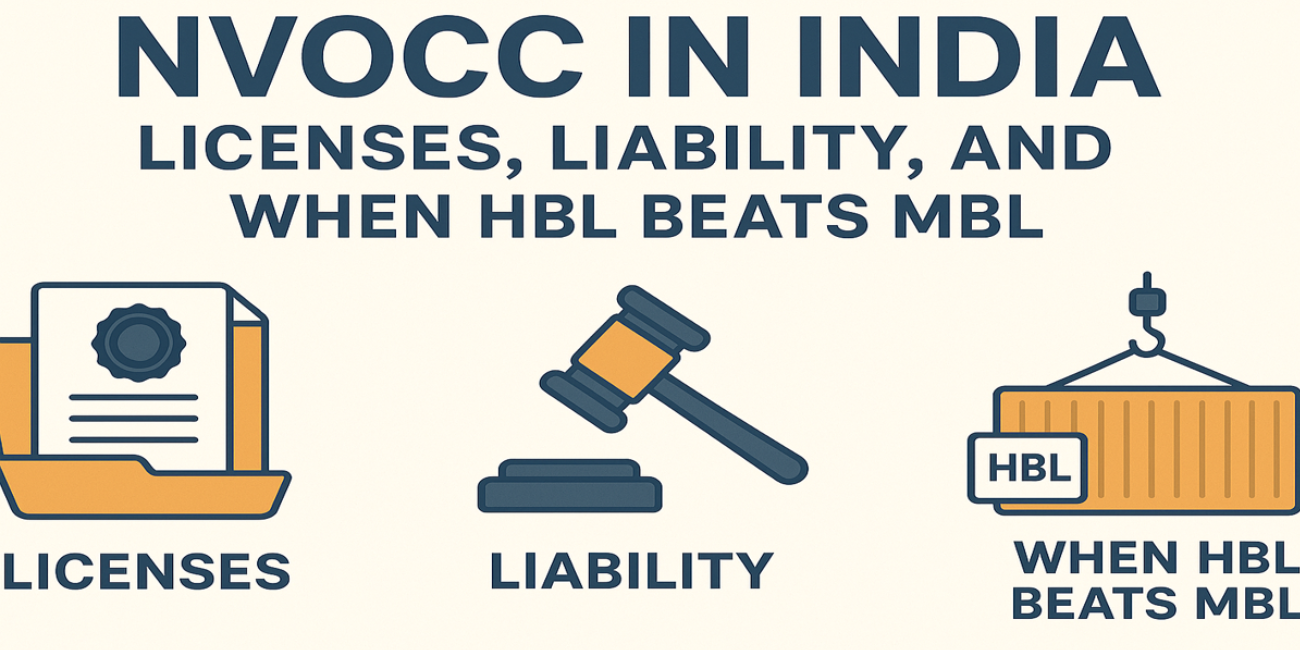
You run tight margins. One bad bill of lading can wipe out a month’s profit. Last week, your team issued an HBL that said prepaid, while the carrier's MBL said collect.
The consignee refused pickup. Storage kicked in. Your client blamed you.
If you’re an NVOCC in India, this is the kind of mess that drains cash and trust.
An NVOCC books space with vessel lines and issues its own House Bill of Lading (HBL) to the customer. The ocean line issues the Master BL (MBL) to the NVOCC. A clear HBL/MBL split keeps duties clean and cuts disputes.
You act as the carrier to your shipper and as a customer to the ocean carrier.
Where this fits in your ops: If you issue HBL, manage carrier bookings, and own client terms, you’re acting as principal. If a local partner handles port work and filings, that’s a host agent. Role clarity avoids blame and extra costs.
Why it matters now: Tight equipment, vessel bunching, and rate swings hit NVOCCs first. Teams with tight HBL/MBL checks, clear role SOPs, and early container planning ride out these shifts better.
Start with the basics: Register your business (PAN, GST, IEC). Set a clean SOP for KYC, shipper onboarding, and BL issuance. Tie this to your NVOCC service scope so sales and ops work the same playbook.
MTO registration (DG Shipping): Most Indian NVOCCs operate under an MTO setup. It lets you issue your transport document and strengthens your standing with shippers and carriers. Keep your bank guarantee/insurance and renewal dates on a tracker.
Customs & filings readiness: Align your team for timely manifest/HBL data filing and port documentation. Build a checklist for who files, when, and on which system, and keep a fallback if a portal is down.
Trade-lane extras: For certain lanes (e.g., U.S.), you may need extra registrations and tariffs. Add a lane-by-lane compliance sheet and review it every quarter. Keep contract templates ready for agents and carriers.
Insurance: Set cargo liability cover and errors & omissions. Make it part of your customer proposal and your agent contracts. Add claim steps to your BL pack.
Action checklist
Your position: As an NVOCC, you act as a carrier to your customer. Your HBL terms set your liability and payment control. The MBL terms bind you to the ocean line. If HBL and MBL clash, you carry the gap.
Common risk pockets
Set your HBL to limit exposure
When HBL beats MBL (use your HBL as the main lever)
When MBL is safer to lean on
Fast decisions (10-point check)
One clean SOP beats hours of back-and-forth after arrival.
A. Pre-booking
B. At booking
C. Carrier confirmation
D. Before sailing (ops + accounts)
E. After sailing (ops + destination agent)
Quick table—when to use HBL vs MBL
| Situation | Choose | Reason |
| Need price privacy | HBL | Keeps your buy rate hidden |
| Multiple deliveries/routing tweaks | HBL | More control on terms and release |
| LC demands carrier BL | MBL | Bank condition |
| Heavy/project cargo | MBL | Carrier survey & clauses help |
| New/high-risk shipper | HBL | Hold release till payment |
| Carrier offers priority with penalties | MBL | Better leverage on service |
Documents to keep in your BL pack
Scenario 1: Price privacy matters
You quoted a sharp buy rate. If the consignee sees the carrier’s MBL with your buy, your margin is exposed. Use HBL so only your sale terms show.
Scenario 2: You need routing control
You plan a split delivery or an on-the-fly trans-shipment change. HBL keeps terms in your hands while you adjust with your agent.
Scenario 3: Consol with many small shippers
You run one MBL with the line but multiple HBLs for each client. It keeps terms clean, release rules clear, and credit control simple.
Scenario 4: New or risky shipper
Hold release until dues are clear. HBL gives you the lever to stop telex/O BL until payment lands.
Scenario 5: Switch BL mid-route
Buyer changes. You need a switch. HBL flow is faster and cleaner when your SOP is tight.
Mini checklist
Case 1: LC or bank terms
If the LC says “carrier BL only”, use MBL. Do not mix formats. Ask for a copy of LC terms before you book. (Add internal link: LC checklist post)
Case 2: Heavy or project cargo
Out-of-gauge, breakbulk, or high-value loads need carrier surveys and clauses. MBL gives you stronger backing with the line.
Case 3: Service priority from the carrier
If the line offers slot priority, penalty cover, or free time tied to their BL, take MBL. You gain leverage when things slip.
Case 4: Shipper insists on direct carrier liability
Some shippers want a single point of claim with the line. In that case, go MBL and use your sales terms to protect your margin.
Case 5: Simple point-to-point with tight timelines
When the route is plain and time is tight, MBL reduces steps and speeds the DO at the destination.
Quick check before you choose MBL
Core templates to finalize
One-page charge matrix
| Charge | Origin | Freight | Destination | Notes |
| THC | Shipper / Consignee | — | Consignee | Match sales quote |
| D/O | — | — | Consignee | Spell out in HBL |
| Amendment | Shipper | — | Consignee | If shipper error |
| Storage | Shipper | — | Consignee | Tie to cutoffs |
| Demurrage | Shipper | — | Consignee | Add free time clause |
Release rules you enforce
Cutoff tracker (keep it live)
Finish Smart: HBL or MBL
You now know when HBL serves you better, when MBL is safer, and how to set terms that protect cash and trust. Put it to work this week.
Do this now
What can we help you with
Clear terms. Clean files. Faster release. Better margin.

Your Global Trade Navigator, Delivering End-to-End Excellence and Unlocking New Opportunities in Every Link of Your Supply Chain.
Get In Touch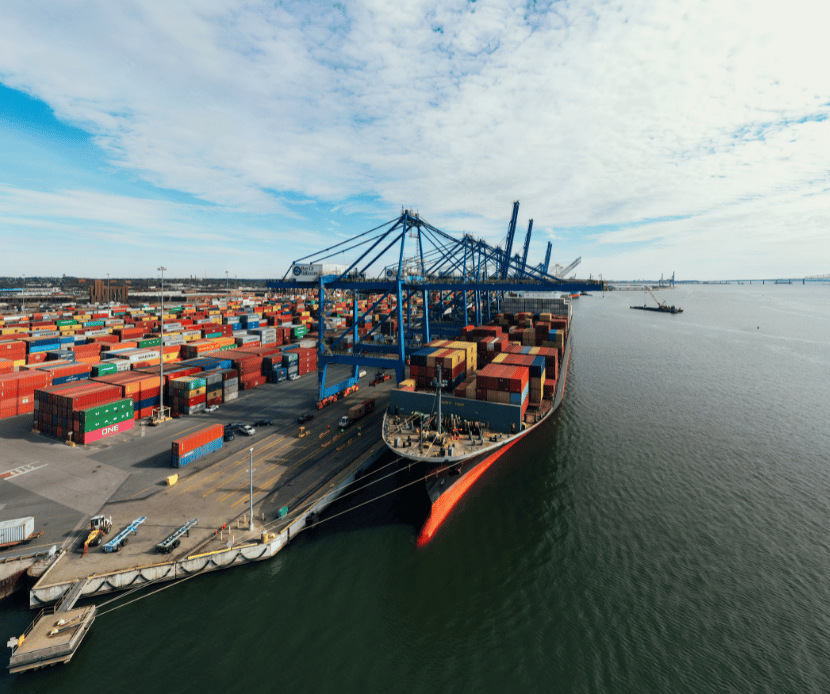
Explore our expert guide on Full Container Load (FCL) Shipping, covering benefits, processes, and tips to optimize your shipping experience efficiently.
Learn More FCL Shipping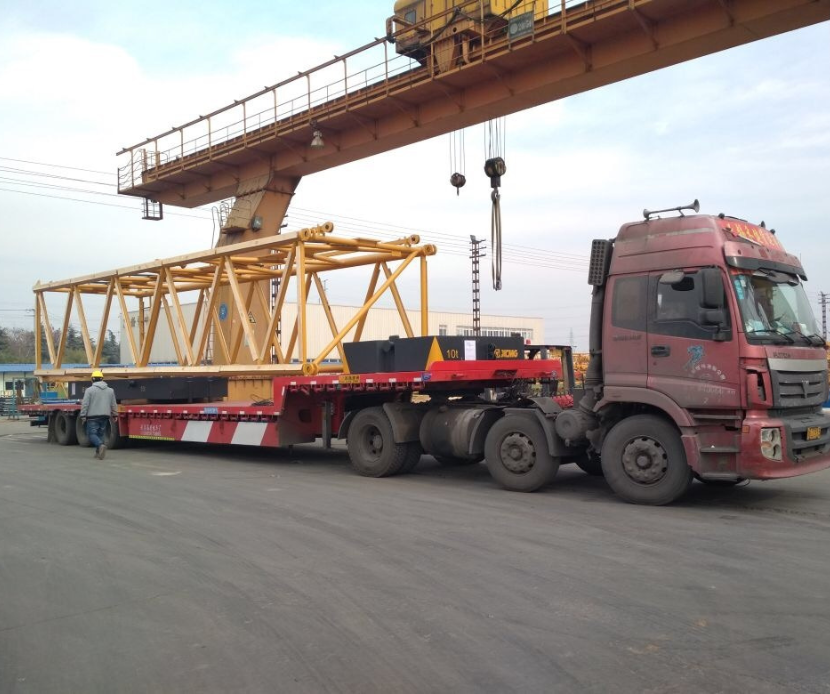
SJ Logistics specializes in the global transportation of high-value, oversized cargo, ensuring safe and efficient delivery for your most complex project logistics needs.
Learn More Project Cargo
Discover tailored warehousing solutions at SJ Logistics, designed for efficiency and strategic storage. Optimize your supply chain with our innovative services today!
Learn More Warehousing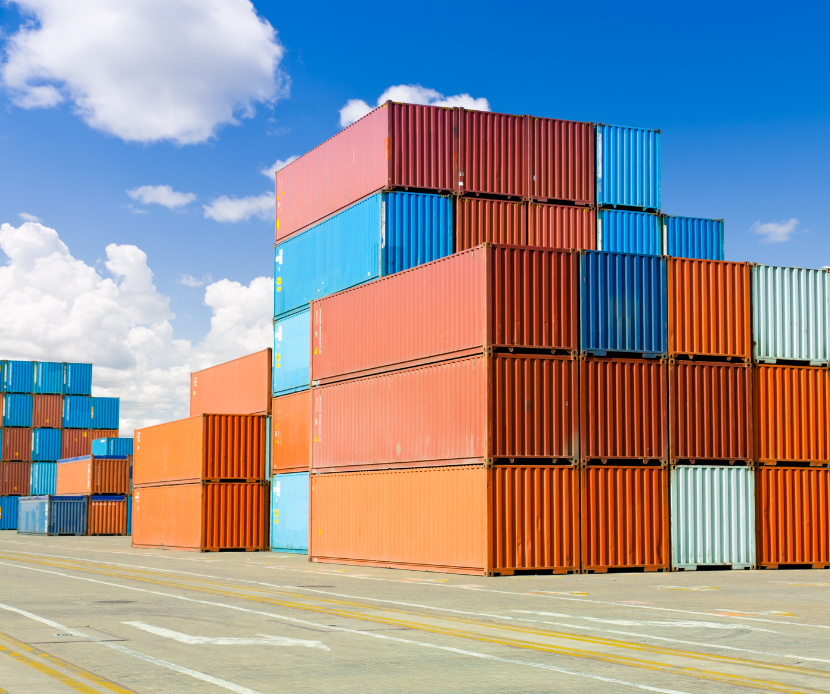
Discover comprehensive NVOCC solutions that streamline your logistics operations, enhance efficiency, and ensure seamless cargo management for your business needs.
Learn More NVOCC
Discover reliable inland transportation solutions that streamline your domestic logistics, ensuring timely and efficient delivery across the country.
Learn More Inland Transportation
Experience unparalleled convenience with our door delivery solutions, ensuring your packages arrive safely and promptly right at your doorstep. Discover more today!
Learn More Door Delivery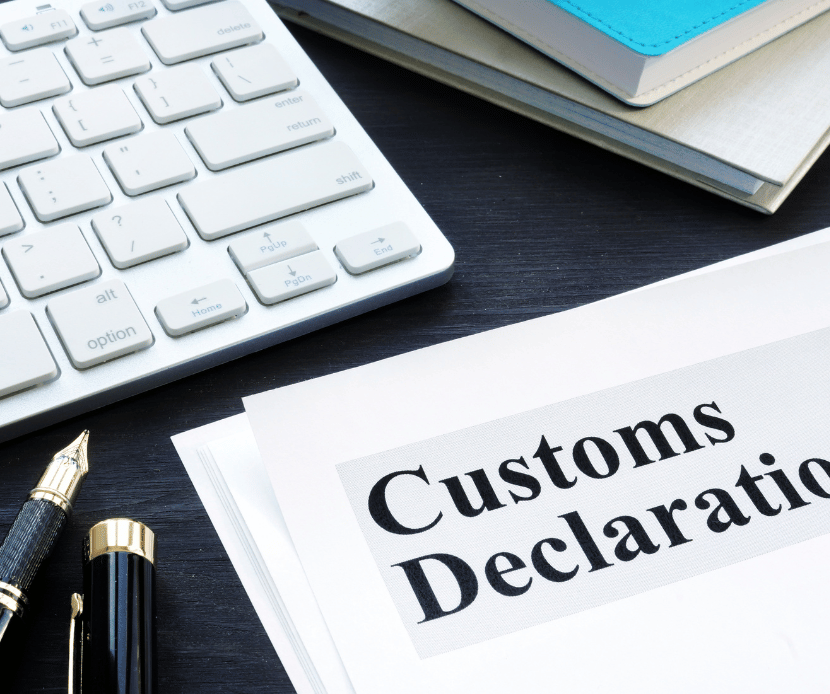
Experience seamless customs clearance with SJ Logistics. Our expert-led solutions ensure precision and efficiency, streamlining your import and export processes.
Learn More CHA
Experience unparalleled speed and reliability with our air freight services, ensuring your cargo reaches its destination swiftly and safely, no matter the distance.
Learn More Air Freight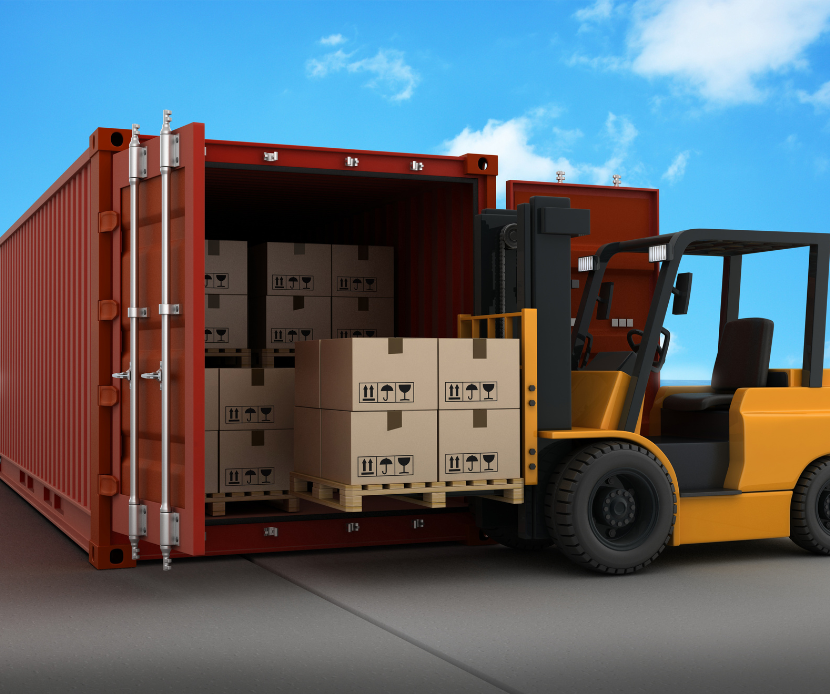
Unlock the benefits of LCL shipping with our tailored solutions. Enjoy flexibility, cost savings, and strategic support designed for SMEs to thrive in global trade.
Learn More LCL Shipping